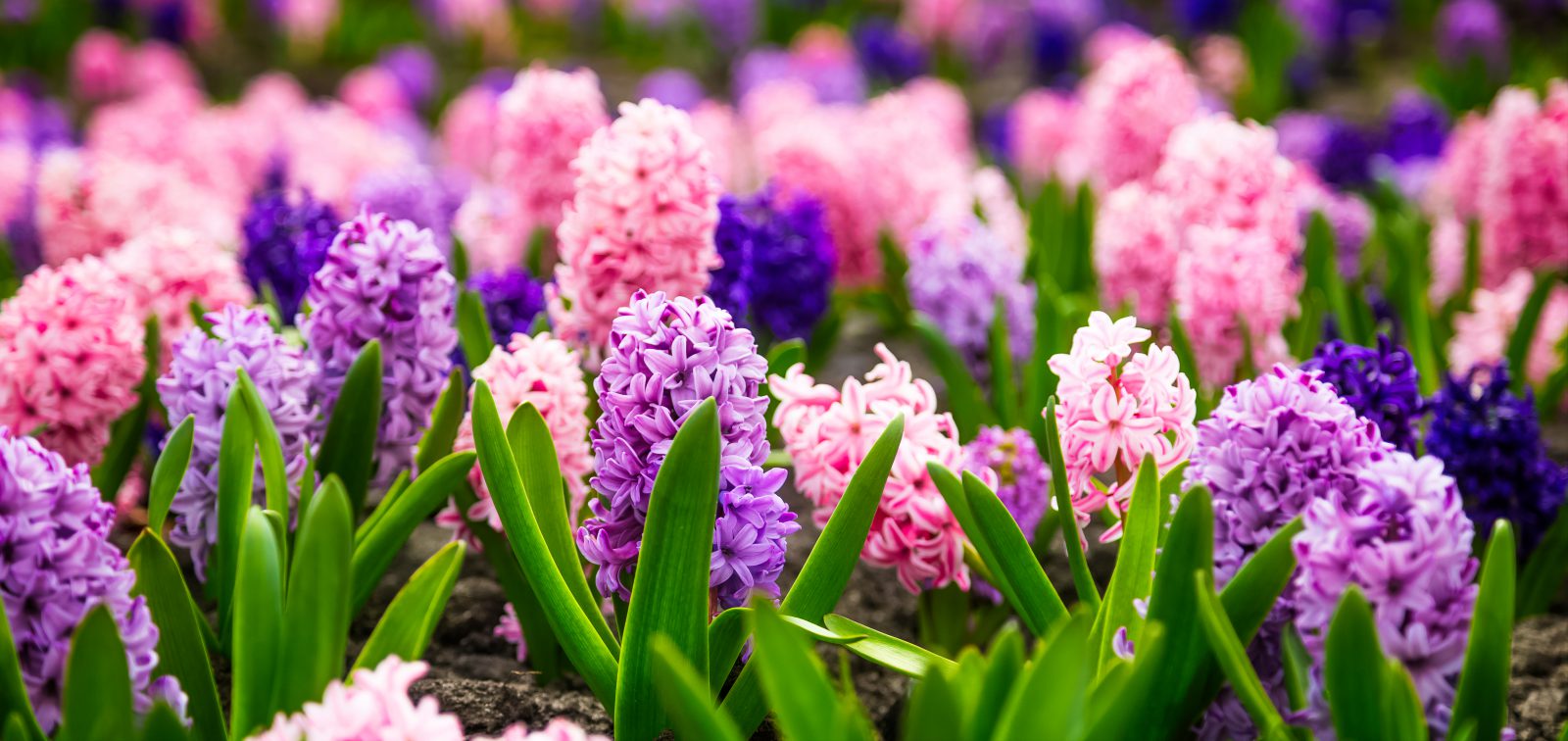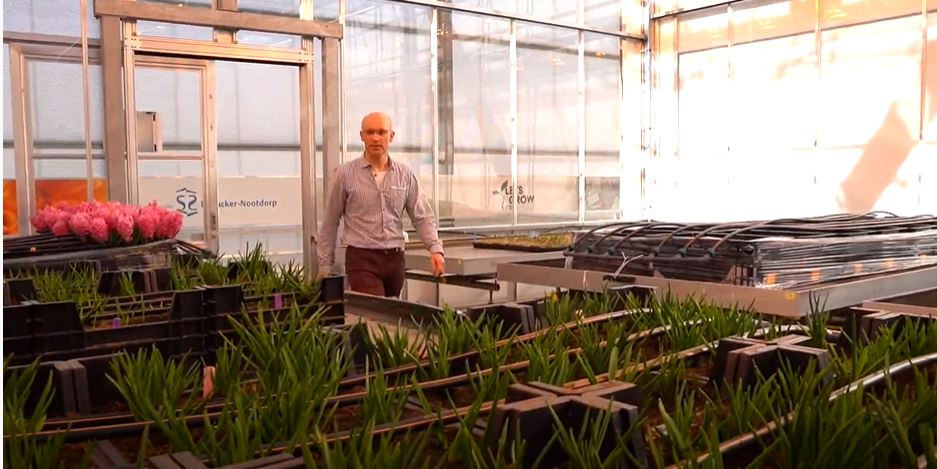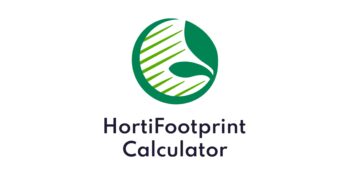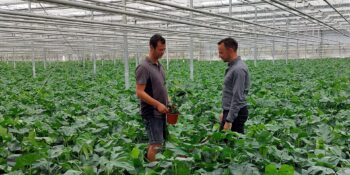MPS grower Rob van Haaster has partnered with several growers and other players* operating in the bulb-growing industry to develop a new, sustainable cultivation system for growing disease-free hyacinth bulbs. The partners’ main purpose is to reduce crop cycles, as the current long cycles increase the risk of disease and pests. As Van Haaster, owner of Van Haaster Vijfhuizen, which operates 35 hectares of land used for hyacinth cultivation, explains: ‘This project gives Dutch hyacinth growers the opportunity to introduce more sustainable practices. Even if you’re not making the world a “greener” place for yourself, then at least you’re doing it for future generations.’
The growing market demand for healthy, residue-free bulbs and flowers has coincided with stricter regulations for the use of crop protection agents (which has reduced the number of authorised products). Since the current 3- to 4-year crop cycles increase the risk of disease and pests, growers use a large number of chemical agents. Making hyacinth cultivation more sustainable will require a radical change in cultivation practices.
The Vitale Teelt Hyacint (‘Vital Hyacinth Cultivation’) project is a POP3 project that receives 70 per cent of its funding from the South Holland Provincial Authority, using European Union subsidies. The remaining support is provided by plantation insurance company Stichting Hagelunie and the partners involved.
Clean parent material
Van Haaster: ‘The methods we currently use to grow bulbs have become virtually unsustainable. If the industry is to survive, we’ll need to start and finish the production process with clean and low-residue bulbs. That way, we won’t need as many chemical agents, which is better for the environment. This project allows us to learn from each other and implement changes more quickly.’ Van Haaster keeps a record of his use of crop protection agents and fertilisers and his energy and water usage level for MPS-ABC, as well as being MPS-GAP-certified.
In the current bulb cultivation systems, any diseases and pests are simply transmitted to the next generation of plants, as part of the harvest is used to grow the next set of crops. In other words, the bulbs are grown in cycles. The new method involves the use of clean base material, which is grown under accelerated conditions in a greenhouse: a protected and optimum environment. This material is then developed outdoors for one year into commercially marketable bulbs.
Reducing cultivation time by half
Developing a new cultivation system obviously requires specialised expertise. Van Haaster: ‘We’re currently conducting a series of trials using the new practices. The system needs to be economically viable, greenhouse conditions need to be right, and bulb production needs to meet a certain standard. It has traditionally been common in the industry to grow bulbs in open fields rather than in greenhouses, so that’s one major change right there.’ The transition to the new system is expected to reduce cultivation time by half, which in turn reduces the number of harvests, as well as processing and storage, so there’s less risk of bulbs developing diseases and pests.
This could potentially also lead to a reduction in the use of crop protection agents, which means less of an impact on the soil. Finally, the shorter cultivation time also means we save money on water and fertilizer. ‘Although it would be unrealistic to expect this new cultivation method to be adopted across the board within five years, we are seeing a shift in people’s mindset. More growers seem to be open to innovation, as almost everyone recognises the impending threat. Sitting back and waiting for someone else to step in with a solution is not an option – we need to share our knowledge in order to help everyone move forward.’
* The partners are Markglory, P.C. van Saase & Zn., K. van Haaster & Zn., Van Haaster Vijfhuizen B.V., Apeldoorn Bloembollen VOF., Th. A. Pennings en Zn. VOF., Bulb Quality Support B.V., Iribov B.V., Alb. Groot B.V., the Royal General Bulb Growers’ Association (KAVB) and Wageningen University & Research.
Watch the video below (in Dutch) to learn more about the project.




